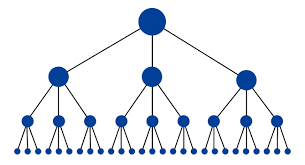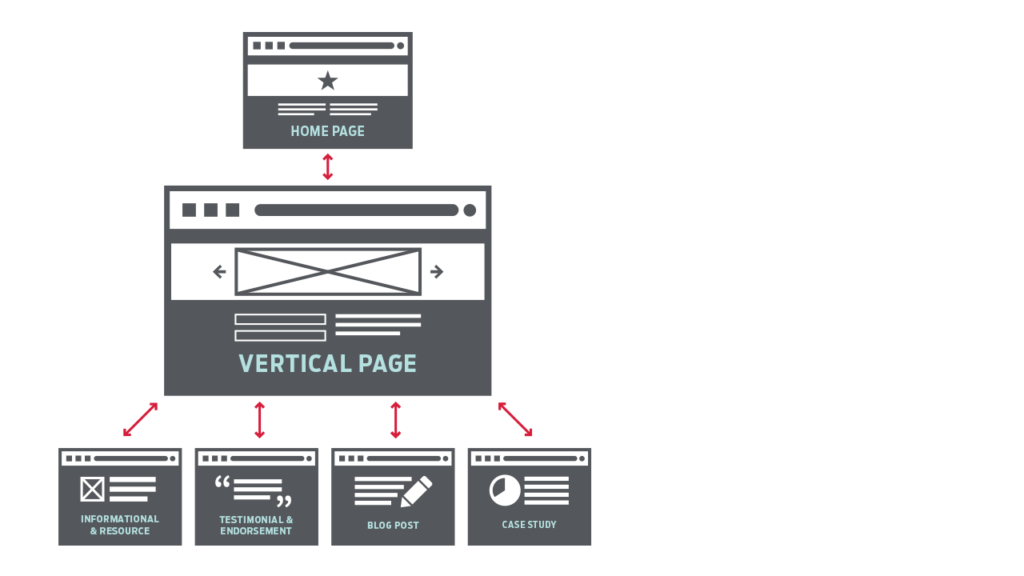When I google for the title of this blog post, I find numerous articles on why your landing pages should have no OUTBOUND links, but I see nothing on whether you want external links INBOUND to your landing pages.
In this post, I exp[lain that per Google, you do not.
Jump ahead to:
External links and Google E-A-T
With every Google algorithm update, and especially with recent Google updates, they’re pushing us all to what they call E-A-T, which stands for Expertise, Authority, and Trust.
The basic idea is to rate pages that have a high degree of E-A-T above pages that don’t.
E-A-T seems to be an extension, of sorts, of the concept of PageRank, which is the idea that webpages pass “relevance” to each other when they link to each other.
As PageRank “gives ground” to E-A-T, it becomes even more important that the content on your website is “worthy” of being reference material for someone else.
Building topically relevant links is hard. We make it easy.Landing pages
The phrase “landing page” means different things in different contexts.
To marketing people
To marketing people, a landing page is a conversion page. It’s a page where a website user becomes a lead by providing the information you can use to follow up.
Information like an email address, a name, a phone number, a company name, etc.
You could also call this a “conversion page”.
In the Google Search Quality Evaluator Guidelines
If there is a “bible” about website content quality, it’s the Search Quality Evaluator Guidelines document published by Google.
In this document, a landing page is any page you “land on” when you click a result in a Search Engine Result Page (SERP).
Building topically relevant links is hard. We make it easy.Conversion pages
For this blog post, the phrase “landing page” means conversion page.
So, why you do NOT want backlinks to your landing pages
Because landing pages don’t educate, teach, inform, etc.
Landing pages, by definition, do not add to your site’s E-A-T.
In fact, landing pages are a blatant attempt to convert a website user to a lead, and as such can be considered purely commercial.
And while there is nothing wrong with purely commercial landing pages whose purpose is to turn website visitors into leads, they should be used in ways that ideally enhance the E-A-T of your website, and do not detract from it.
So, how DO landing pages enhance your site’s E-A-T?
By doing what this page is doing.
It provides useful information that teaches something important AND contains a button, shown in multiple places, that contains a marketing call to action and links to a landing/conversion page.
Building topically relevant links is hard. We make it easy.Use your website’s internal linking structure
Whether you know it or not, your website has an internal linking structure.
It’s the structure of which pages on your site link to which other pages on your site.
And in the same way that external links to your site pass PageRank to your site, internal links pass PageRank to your most important pages.
In the diagram below, the lowest layer is blog posts, the next layer up is your “pillar posts“, the next layer up are your landing pages, and the top layer is your home page.
Of course, no website has quite this pure of a hierarchical internal linking structure, but it’s a good model.

In short, do that.
Building topically relevant links is hard. We make it easy.But we don’t have a blog?
Start one
Understand that the initial posts are going to be bad. They always are.
As with anything, the more you do it, the better you get.
Below is an example of a link to an interesting blog post, not a home page or a landing page.
Examples
Quoleady
Notice on this past there are two “ads” for their services, one in the sidebar and a very large one at the very bottom.
Product Led Content – Should You Try It for Your SaaS?
ION Audio Video & IT Solutions
Notice on this post there are also two “ads” for their services, one in the header and one about half way down. As well as a Get In Touch call to action in the footer.
Designing the Perfect Conference Room Layout
ION Audio Video & IT Solutions
This post has an ad in the sidebar as well as an old fashioned banner ad, but at the bottom of the page. So as you read down and scroll down, the banner ad at the bottom is just there. Having said that there is an X over on the left side of the screen that allows you to dismiss it.
In closing
To stay within Google’s E-E-A-T guidelines AND turn some of your website visitors into leads…
- Work to earn links to blog posts that inform, educate, teach, etc.
- Internally link from those blog posts to landing pages via the use of buttons with calls to action.
Featured image credit: gravitate
